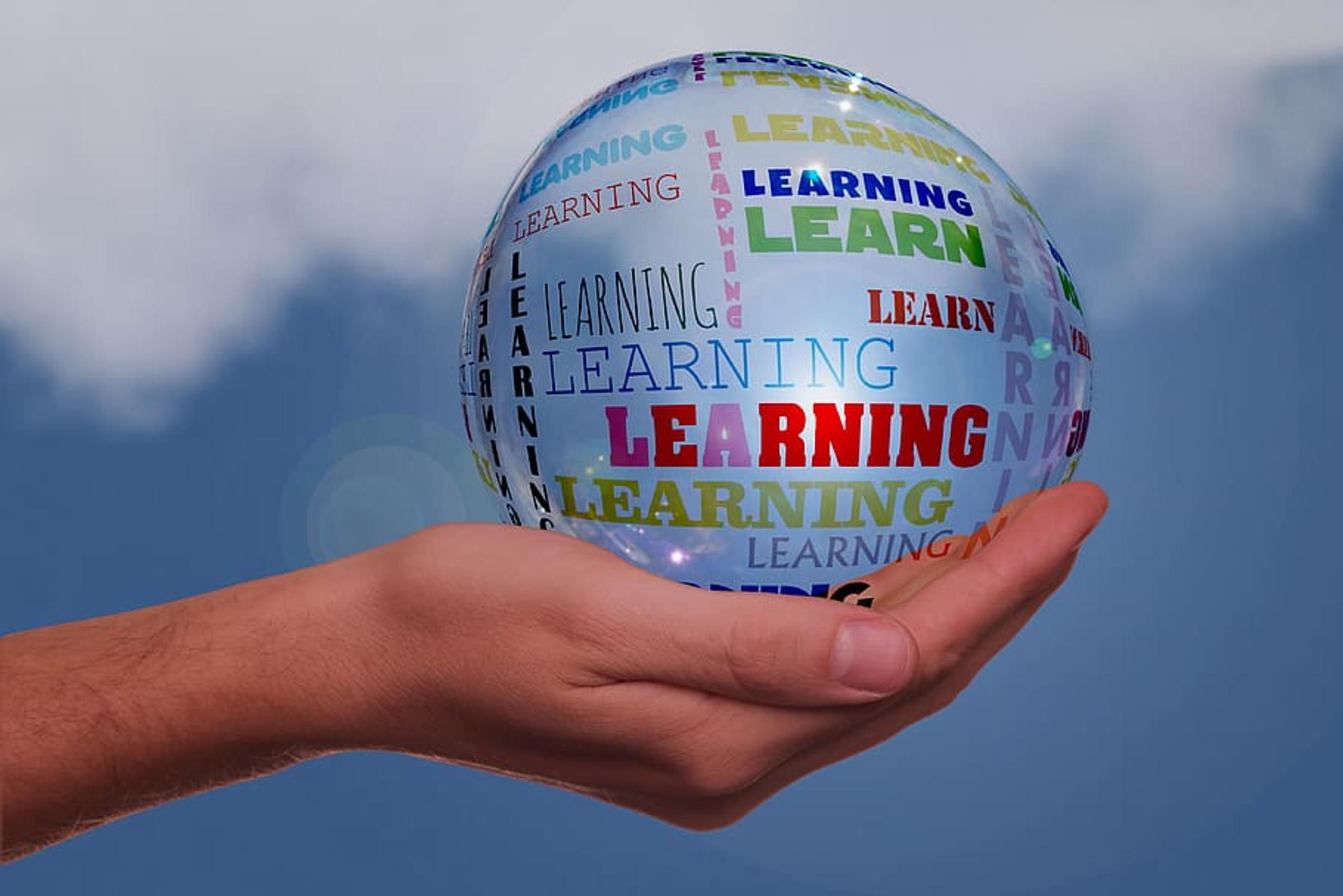From the Director of Pedagogy and Innovation

What Is Right with People
In school, as in life, we are often looking at mending our deficits. We look at the things we are not doing well and focus time, energy and effort there. It is a natural and normal thing to do, though I think as a society we are coming to a point where we are tired of living in a world that revolves around fixing weaknesses.
Society’s relentless focus on people’s shortcomings has turned into a global obsession. Some of this is powered by comparison through social media and advertising, and some of it is simply the status quo that we have not taken the time to challenge and control. What happens when we do this, is we miss the potential for growth. Research shows that people have several times more potential for growth when they invest energy in developing their strengths, instead of correcting their deficiencies. This not to say that we ignore areas of weakness, it is that when we focus on these areas alone, potential is lost.
Over the past decade, Gallup has surveyed more than 10 million people globally on the topic of employee engagement, and sadly only one-third “strongly agree” with the statement:
“At work, I have the opportunity to do what I do best every day.”*
The cost of this is a lack of emotional engagement in their work. In contrast, people who indicated they do have the opportunity to focus on their strengths everyday are six times more likely to be engaged in their jobs and three times more likely to have an excellent quality of life in general.
I think this relates very closely to what happens in classrooms. When we give our students opportunities to buy into their work by using their strengths and interests we are cracking some of the disengagement that is present when we treat students as passive learners. The challenge for teachers in busy schools with classes full of diverse students, is how to do this while also addressing the areas they need to grow in. Having thought about this a lot, I see the solution as a hybrid model. There needs to be time for choice, passion projects, investigation and student-directed learning. However, if we focus on this alone we do students a disservice as they do not have the skills or content knowledge to deal with more complex challenges and tasks.
At the moment the students in my Year 9 class are completing a research project they will present to the group. Having heard the topics that all 24 are focusing on there is a range from How to Grow Through Grief and Loss to Best Lawn Care Strategies. Year 9 students can be a notoriously challenging age to engage, but through empowering students to build on their strengths and interests their engagement, self-regulation and quality of work has remained quite high. My hope is that schools continues to be brave in relinquishing some control back to students in the way they learn, and focus on their strengths that make them unique and powerful learners.
Enough already with what is wrong with people, and lets lean into what is right about them.
*Rath, T. (2017). Strengths Finder 2.0. Gallup Press.
Mr Chris Sanders
Director of Pedagogy and Innovation
